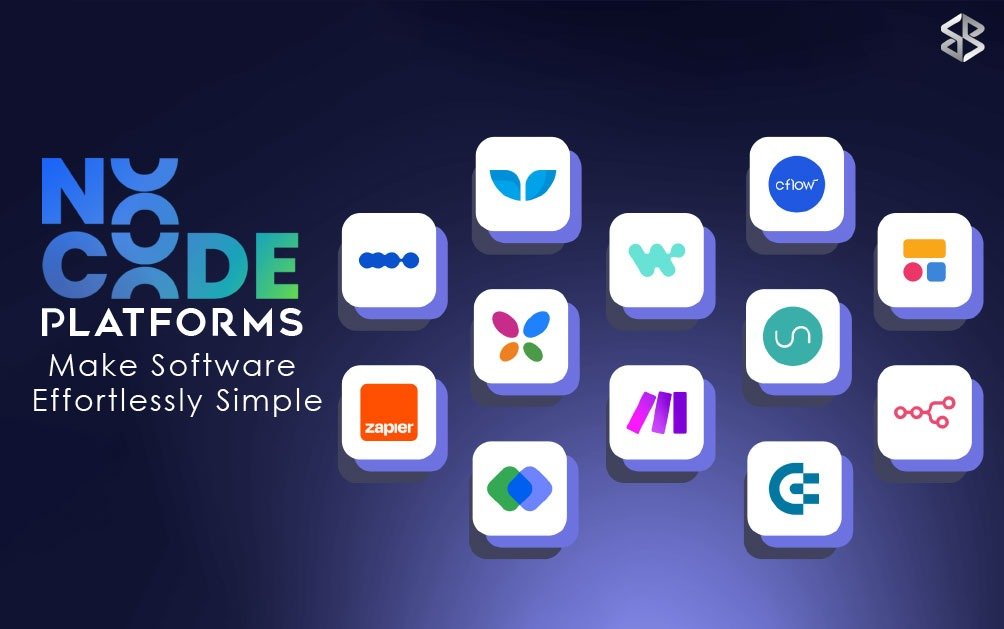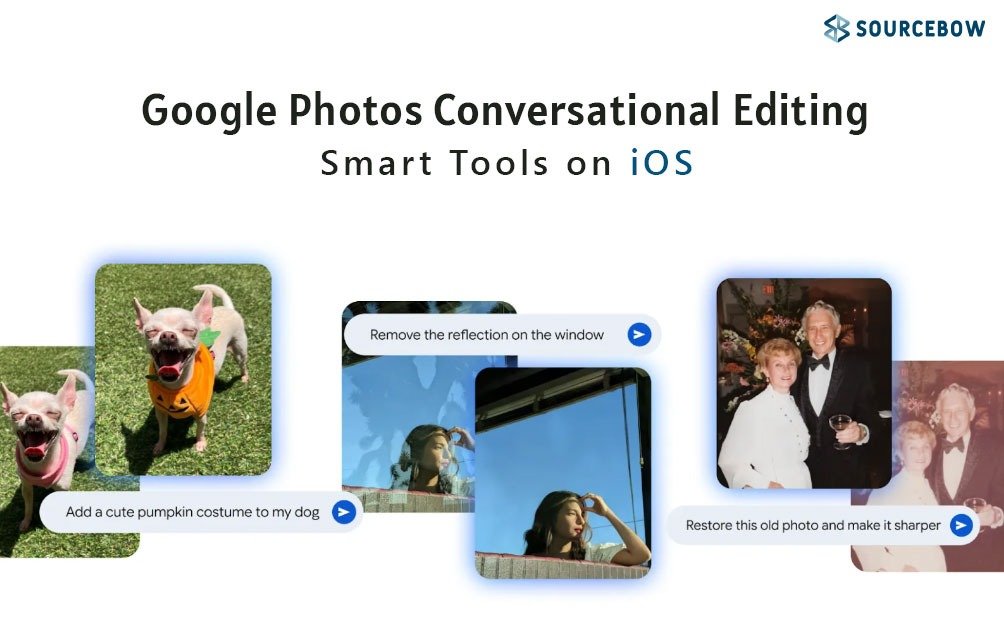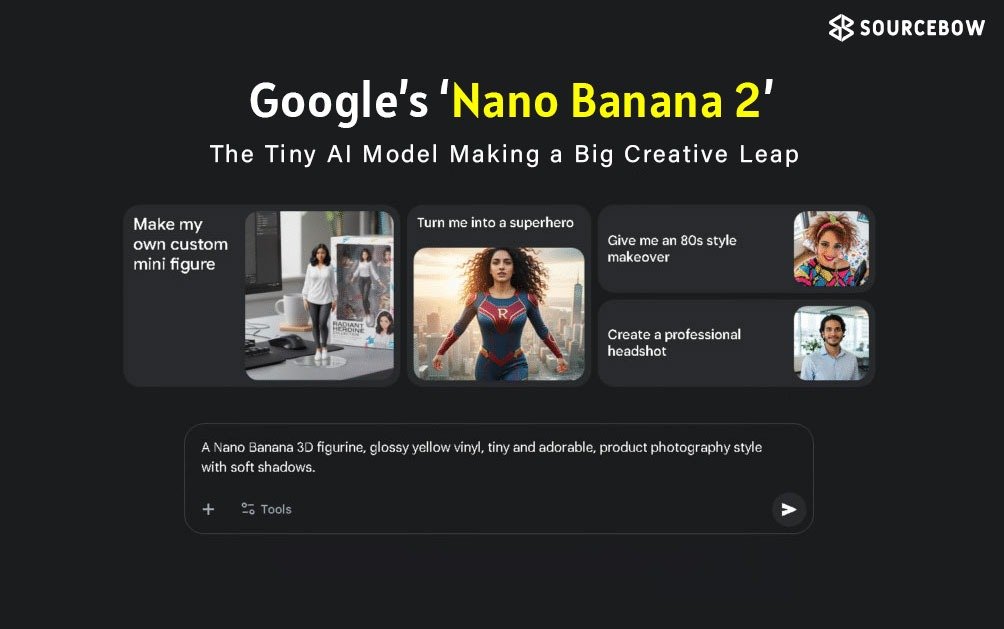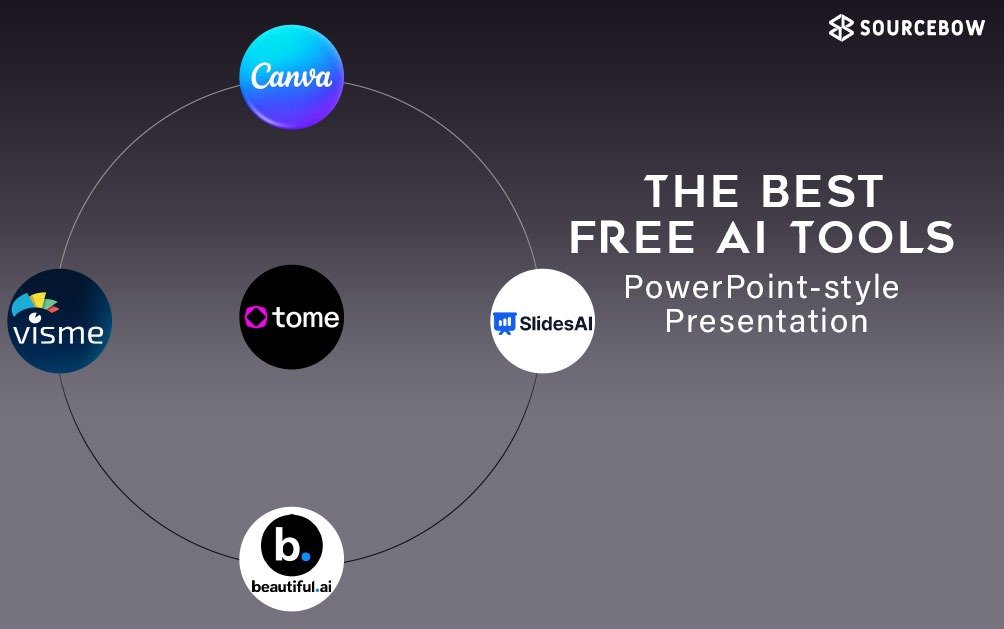No-Code Platforms Are Making Software Way Easier Than You Think
These days, everyone’s talking about no-code platforms. And honestly, they’re kind of wild. You don’t even need to write code to build apps anymore. Crazy, right? For businesses, startups, or even small teams, this is changing the way things get done.
Why Building Software Used to Be a Pain
Think about it. If a company needed something like a banking system, a video chat app like Zoom, or just a way to manage tons of data, the first thought was always: “Okay, let’s hire coders, set up servers, figure out the cloud…” You know the drill. It could take months, costs pile up, and the whole process is just…ugh.
Now imagine skipping all that. You can just grab a tool, drag things around, tweak a little, and bam—you have a working app. No sweat over lines of code, no stressing about servers. Just work getting done.
Picking the Right No-Code Platform Is Kind of Important
Not every platform works for every problem. If all you need is something simple—say, an app to upload products, manage orders, or take payments—no-code platforms have most of that ready-made. You can throw it together in a few days and test it.
But if your system needs something custom, super secure, or massive—like investment banking software—then yes, you still need proper coding. Even then, no-code can handle small features, so your developers aren’t drowning in tiny stuff.
How No-Code Platforms Really Work
These platforms usually give you stuff like:
- Drag-and-drop screens so you can actually see what you’re building
- Templates for forms, dashboards, or reports
- Ways to connect emails, chat, or analytics easily
- Cloud hosting, so no thinking about servers
Let’s say you want a small app to take user data, generate reports, and show analytics. With no-code, you just set rules, connect a few blocks, and it works. It’s like Lego—you snap things together and it functions.
Low-code is kinda similar, but you can write a few scripts if needed. So, if something needs a little customization, you can handle it. It’s like the middle ground—mostly drag-and-drop, some coding.
Why People Are Hooked on No-Code Platforms
It’s fast. You can get a working app in days, not months. Costs stay low because you don’t need huge developer teams. Even non-tech folks can build something useful.
The best part? You focus on the business, not servers or code headaches. And most platforms already integrate with standard tools, payments, mobile apps—you don’t need to reinvent the wheel.
When You Still Need Real Code
Not everything can be drag-and-drop. Large systems, highly secure apps, or complex enterprise software still need developers. Maintenance, testing, deployment—that’s all on them. But even here, no-code platforms can help with simpler modules.
So basically: quick, simple solutions? No-code rocks. Huge, mission-critical systems? Developers are still the heroes.
Tools People Actually Use
Some platforms are super popular. Salesforce dominates CRM, Microsoft and IBM have low-code/no-code solutions for enterprises. Smaller companies have specialized tools for mobile apps, workflows, or reports. The key is to pick what matches your project’s size and needs.
How No-Code Platforms Change the Game
The beauty of no-code is that business teams can build without waiting on IT. You can:
- Test ideas fast
- Run workflows yourself
- Build small projects without massive budgets
- Focus on growing, selling, and connecting with customers
It’s like having a Swiss Army knife for apps. You can tweak, test, and launch without being a coder.
Wrapping It Up
No-code and low-code aren’t just buzzwords—they’re changing how software gets made. You can launch faster, spend less, and get more people involved in building tools that actually help. That said, for huge complex systems, traditional coding is still king.
The trick is knowing when to use each. Speed and simplicity? Go no-code. Complexity and security? Call the developers.
At the end of the day, the future belongs to people who can mix both smartly. No-code platforms give a massive advantage—save time, lower costs, and actually make building software kinda fun.





